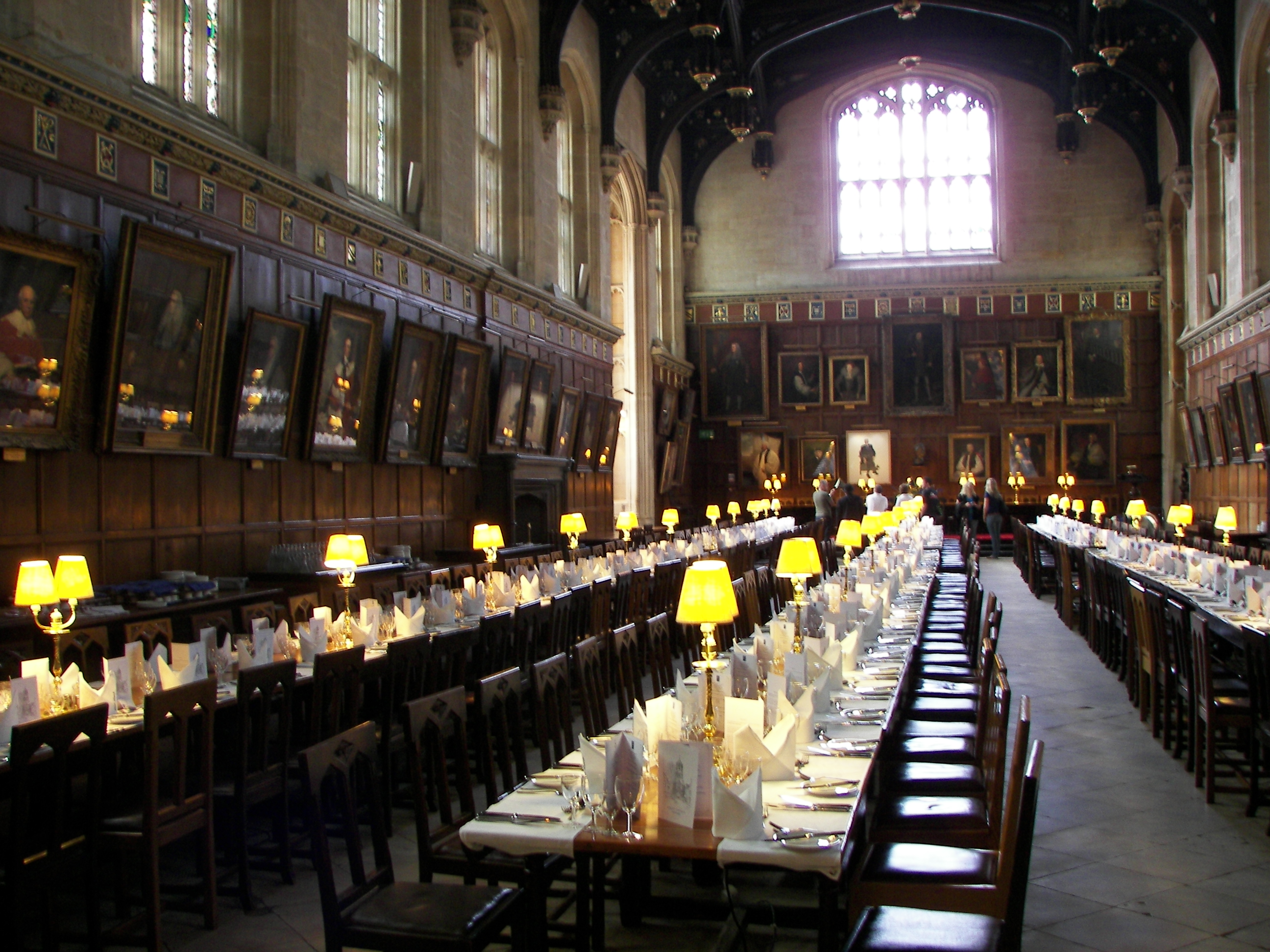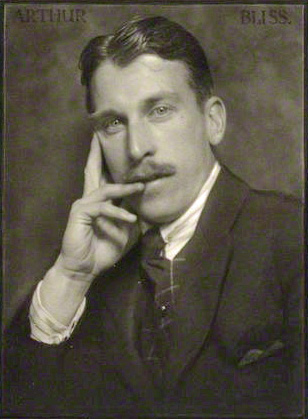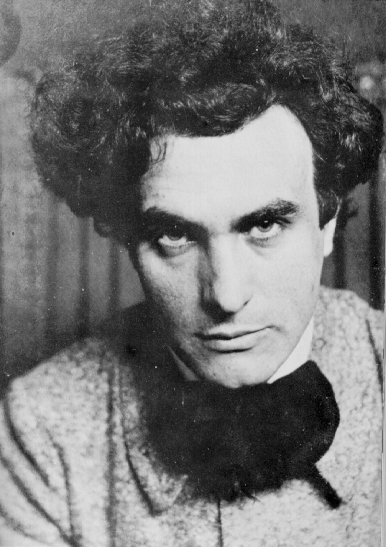|
World Premieres At Carnegie Hall
The following is a list of musical works which received their premieres at Carnegie Hall: * Symphony No. 9, opus 95, "From the New World" by Antonín Dvořák – December 16, 1893, New York Philharmonic, Anton Seidl conducting *''Sinfonia Domestica'' by Richard Strauss – March 21, 1904, Wetzler Symphony Orchestra, Richard Strauss conducting *''Israel Symphony'' by Ernest Bloch – May 13, 1917, Ernest Bloch conducting *''Schelomo'' by Ernest Bloch – May 13, 1917, Hans Kindler cello, Artur Bodanzky conducting *Concerto in F by George Gershwin – December 3, 1925, New York Symphony Orchestra, George Gershwin, piano, Walter Damrosch conducting *'' An American in Paris'' by George Gershwin – December 13, 1928, New York Philharmonic, Walter Damrosch conducting *'' Music for a Scene from Shelley'', Op. 7, by Samuel Barber – March 24, 1935, New York Philharmonic, Werner Janssen conducting *''Density 21.5'' by Edgard Varèse – February 16, 1936, Georges Barrère, flute *'' ... [...More Info...] [...Related Items...] OR: [Wikipedia] [Google] [Baidu] |
Carnegie Hall
Carnegie Hall ( ) is a concert venue in Midtown Manhattan in New York City. It is at 881 Seventh Avenue (Manhattan), Seventh Avenue, occupying the east side of Seventh Avenue between West 56th Street (Manhattan), 56th and 57th Street (Manhattan), 57th Streets. Designed by architect William Burnet Tuthill and built by philanthropist Andrew Carnegie, it is one of the most prestigious venues in the world for both classical music and popular music. Carnegie Hall has its own artistic programming, development, and marketing departments and presents about 250 performances each season. It is also rented out to performing groups. Carnegie Hall has 3,671 seats, divided among three auditoriums. The largest one is the Stern Auditorium, a five-story auditorium with 2,804 seats. Also part of the complex are the 599-seat Zankel Hall on Seventh Avenue, as well as the 268-seat Joan and Sanford I. Weill Recital Hall on 57th Street. Besides the auditoriums, Carnegie Hall contains offices on its t ... [...More Info...] [...Related Items...] OR: [Wikipedia] [Google] [Baidu] |
Music For A Scene From Shelley
''Music for a Scene from Shelley'', Op. 7, is a tone poem composed by Samuel Barber in 1933. History Barber composed ''Music for a Scene from Shelley'' during a visit to Italy in the summer of 1933. It was inspired in part by the view of Lake Lugano __NOTOC__ Lake Lugano ( it, Lago di Lugano or , from la, Ceresius lacus; lmo, Lagh de Lugan) is a glacial lake which is situated on the border between southern Switzerland and northern Italy. The lake, named after the city of Lugano, is situated ... and the Swiss Alps from Cadegliano-Viconago, Cadegliano, where Barber was staying with Gian Carlo Menotti at his family's villa. It is the only one of Barber's compositions that owes its origin to the influence of a place. However, it is also based on and owes its title to lines from act 2, scene 5 of Percy Bysshe Shelley's ''Prometheus Unbound (Shelley), Prometheus Unbound'', in which Panthea prompts her sister Asia (goddess of love) to hear "voices in the air", seeking Asia's sympa ... [...More Info...] [...Related Items...] OR: [Wikipedia] [Google] [Baidu] |
Adrian Boult
Sir Adrian Cedric Boult, CH (; 8 April 1889 – 22 February 1983) was an English conductor. Brought up in a prosperous mercantile family, he followed musical studies in England and at Leipzig, Germany, with early conducting work in London for the Royal Opera House and Sergei Diaghilev's ballet company. His first prominent post was conductor of the City of Birmingham Orchestra in 1924. When the British Broadcasting Corporation appointed him director of music in 1930, he established the BBC Symphony Orchestra and became its chief conductor. The orchestra set standards of excellence that were rivalled in Britain only by the London Philharmonic Orchestra (LPO), founded two years later. Forced to leave the BBC in 1950 on reaching retirement age, Boult took on the chief conductorship of the LPO. The orchestra had declined from its peak of the 1930s, but under his guidance its fortunes were revived. He retired as its chief conductor in 1957, and later accepted the post of pre ... [...More Info...] [...Related Items...] OR: [Wikipedia] [Google] [Baidu] |
Solomon (pianist)
Solomon Cutner (9 August 1902 – 2 February 1988) was a British pianist known professionally as Solomon. Biography Solomon Cutner was born in the East End of London in 1902, the seventh child of tailors of German-Jewish and Polish-Jewish extraction. He was a child prodigy whose talent was recognized at the age of seven when, having had no formal tuition, he performed his own arrangement of the ''1812 Overture'' on the family piano. He gave his first concerts in 1912 at the age of ten, retired from public performance in his teens and then resumed his career as an adult performer.''The New Grove Dictionary of Music and Musicians'' (2001) He began making records in 1929. As a child he was sent to live with his teacher, Mathilde Verne, who had studied with Clara Schumann. He then studied in Paris with Lazare-Lévy. After establishing a reputation, he toured abroad a good deal, particularly before, during and shortly after World War II, when he gave numerous much-cherished rec ... [...More Info...] [...Related Items...] OR: [Wikipedia] [Google] [Baidu] |
Arthur Bliss
Sir Arthur Edward Drummond Bliss (2 August 189127 March 1975) was an English composer and conductor. Bliss's musical training was cut short by the First World War, in which he served with distinction in the army. In the post-war years he quickly became known as an unconventional and Modernism (music), modernist composer, but within the decade he began to display a more traditional and romantic side in his music. In the 1920s and 1930s he composed extensively not only for the concert hall, but also for films and ballet. In the Second World War, Bliss returned to England from the US to work for the BBC and became its director of music. After the war he resumed his work as a composer, and was appointed Master of the Queen's Music. In Bliss's later years, his work was respected but was thought old-fashioned, and it was eclipsed by the music of younger colleagues such as William Walton and Benjamin Britten. Since his death, his compositions have been well represented in recordin ... [...More Info...] [...Related Items...] OR: [Wikipedia] [Google] [Baidu] |
Piano Concerto (Bliss)
The Piano Concerto in B-flat, Op. 58, F.108, was written by Arthur Bliss in 1938 and premiered in 1939. It is a powerful work in the nineteenth-century Romantic tradition, and at the time it was hoped it could prove to be a British "Emperor" concerto. Nicolas Slonimsky described it as "Lisztomorphic in its sonorous virtuosity, Chopinoid in its chromatic lyricism, and Rachmaninovistic in its chordal expansiveness". Background Arthur Bliss had adjudicated at the Ysaye International Competition for Pianists in Belgium in 1938 and was particularly impressed with some of the competitors' performances. He wrote to his wife at the time: I have heard twenty-two pianists play the same piece by Bach, the same piece by Scarlatti, and expect to hear them sixty-three times more. Never again! ... I am learning a lot by listening to these young players — the standard is high — and my Piano Concerto is going to benefit from the experience. ... Hearing hour after hour so much brilliant pian ... [...More Info...] [...Related Items...] OR: [Wikipedia] [Google] [Baidu] |
Joseph Szigeti
Joseph Szigeti ( hu">Szigeti József, ; 5 September 189219 February 1973) was a Hungarian violinist. Born into a musical family, he spent his early childhood in a small town in Transylvania. He quickly proved himself to be a child prodigy on the violin, and moved to Budapest with his father to study with the renowned pedagogue Jenő Hubay. After completing his studies with Hubay in his early teens, Szigeti began his international concert career. His performances at that time were primarily limited to salon-style recitals and the more overtly virtuosic repertoire; however, after making the acquaintance of pianist Ferruccio Busoni, he began to develop a much more thoughtful and intellectual approach to music that eventually earned him the nickname "The Scholarly Virtuoso". Following a bout of tuberculosis that required a stay in a sanatorium in Switzerland, Szigeti settled in Geneva, where he became Professor of Violin at the local conservatory in 1917. It was in Geneva that he ... [...More Info...] [...Related Items...] OR: [Wikipedia] [Google] [Baidu] |
Benny Goodman
Benjamin David Goodman (May 30, 1909 – June 13, 1986) was an American clarinetist and bandleader known as the "King of Swing". From 1936 until the mid-1940s, Goodman led one of the most popular swing big bands in the United States. His concert at Carnegie Hall in New York City on January 16, 1938, is described by critic Bruce Eder as "the single most important jazz or popular music concert in history: jazz's 'coming out' party to the world of 'respectable' music." Goodman's bands started the careers of many jazz musicians. During an era of racial segregation, he led one of the first integrated jazz groups, his quartet and quintet. He performed nearly to the end of his life while exploring an interest in classical music. Early years Goodman was the ninth of twelve children born to poor Jewish emigrants from the Russian Empire. His father, David Goodman (1873–1926), came to the United States in 1892 from Warsaw in partitioned Poland and became a tailor. His mother, ... [...More Info...] [...Related Items...] OR: [Wikipedia] [Google] [Baidu] |
Béla Bartók
Béla Viktor János Bartók (; ; 25 March 1881 – 26 September 1945) was a Hungarian composer, pianist, and ethnomusicologist. He is considered one of the most important composers of the 20th century; he and Franz Liszt are regarded as Hungary's greatest composers. Through his collection and analytical study of folk music, he was one of the founders of comparative musicology, which later became ethnomusicology. Biography Childhood and early years (1881–98) Bartók was born in the Banatian town of Nagyszentmiklós in the Kingdom of Hungary (present-day Sânnicolau Mare, Romania) on 25 March 1881. On his father's side, the Bartók family was a Hungarian lower noble family, originating from Borsodszirák, Borsod. His paternal grandmother was a Catholic of Bunjevci origin, but considered herself Hungarian. Bartók's father (1855–1888) was also named Béla. Bartók's mother, Paula (née Voit) (1857–1939), also spoke Hungarian fluently. A native of Turócszentmárton ... [...More Info...] [...Related Items...] OR: [Wikipedia] [Google] [Baidu] |
Contrasts (Bartók)
''Contrasts'' ( Sz. 111, BB 116) is a 1938 composition scored for clarinet-violin-piano trio by Béla Bartók (1881–1945). It is based on Hungarian and Romanian dance melodies and has three movements with a combined duration of 17–20 minutes. Bartók wrote the work in response to a letter from violinist Joseph Szigeti, although it was officially commissioned by clarinetist Benny Goodman. Structure The work is in three movements: #''Verbunkos'' (Recruiting Dance) #''Pihenő'' (Relaxation) #''Sebes'' (Fast Dance) The movements contrast in tempo. The first movement contains a cadenza for clarinet and the last one for violin. The piece features examples of alternate or dual-thirds (C and C in an A triad): :Seiber 1949 This mixed thirds structure may be thought of as bitonal in that the major and minor third of a triad are used. This structure may be extended through considering each third of the original triad as also being a possible third in a triad a half step in either d ... [...More Info...] [...Related Items...] OR: [Wikipedia] [Google] [Baidu] |
Georges Barrère
Georges Barrère (Bordeaux, October 31, 1876 - New York, June 14, 1944) was a French flutist.Grove Dictionary of Music and Musicians (2001) Early life Georges Barrère was the son of a cabinetmaker, Gabriel Barrère, and Marie Périne Courtet, an illiterate farmer's daughter from Guilligomarc'h. They married in 1874. They had previously had a son Étienne, out of wedlock, in 1872. George did not regard his parents as musical although his father wished he had been a tenor instead of a carpenter. In 1879, the family moved to Paris. By the year 1886, they had moved to Épernon near Chartres.Nancy Toff (2005) ''Monarch of the Flute'', Oxford University Press US The story goes that Étienne had a tin whistle which he discarded in favour of a violin. Georges got the whistle and later boasted that he had become a virtuoso on the six-holed instrument while Étienne was still struggling with elementary scales on the fiddle. The boys went to École Drouet, the village school and althou ... [...More Info...] [...Related Items...] OR: [Wikipedia] [Google] [Baidu] |
Edgard Varèse
Edgard Victor Achille Charles Varèse (; also spelled Edgar; December 22, 1883 – November 6, 1965) was a French-born composer who spent the greater part of his career in the United States. Varèse's music emphasizes timbre and rhythm; he coined the term " organized sound" in reference to his own musical aesthetic. Varèse's conception of music reflected his vision of "sound as living matter" and of "musical space as open rather than bounded". He conceived the elements of his music in terms of " sound-masses", likening their organization to the natural phenomenon of crystallization. Varèse thought that "to stubbornly conditioned ears, anything new in music has always been called noise", and he posed the question, "what is music but organized noises?" Although his complete surviving works only last about three hours, he has been recognised as an influence by several major composers of the late 20th century. Varèse saw potential in using electronic media for sound production, and ... [...More Info...] [...Related Items...] OR: [Wikipedia] [Google] [Baidu] |







.jpg)

